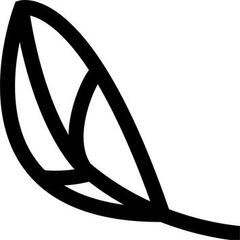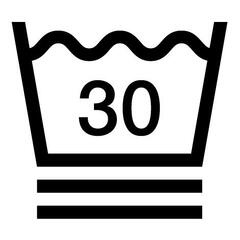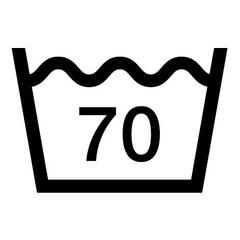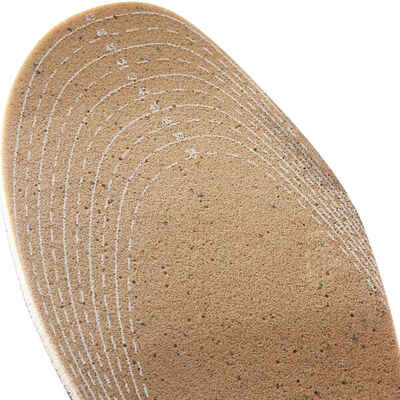Women’s Hiking Boots NH500 Low Leather WP
Store Availability
Store Availability
BENEFITS

Lightweight
Each boot weighs 325 g in size 6.5
Durability
Leather forefoot insert to resist abrasion in the wild
Traction
Sole design and 4 mm spike clears mud easily
Grip
Sole composition and design promotes grip on walking trails
Cushioning
EVA midsole guarantees comfortable cushioning
Fitting comfort
Soft collar and no seams at the heel for foot comfort
Waterproof
Waterproof, breathable membrane | Tested for a 6-hour hike in the rainTECHNICAL INFORMATIONS
How is the comfort of the NH500 LOW LEATHER WP hiking boots determined?
We have also eliminated the seams in the heel area to avoid any discomfort.
How is the durability and solidity of the NH500 LOW LEATHER WP hiking boots determined?
These tests allow us to improve the quality of our products and prevent premature wear of our hiking shoes.
How do the soles of the NH500 LOW LEATHER WP hiking boots provide grip on hiking trails?
When used on roads, this can lead to the premature wear of your boots and cause discomfort. They are not suitable for high mountain walking.
Which pair of socks should you wear with the NH500 LOW LEATHER WP hiking boots?
What is the waterproofing performance of these NH500 LOW LEATHER WP boots?
How to look after the NH500 MID LEATHER WP hiking boots?
- Remove dry mud with a stiff brush.
- For stains, clean with a brush and a little lukewarm water.
- Air dry.
- Use a re-waterproofing spray (product ref. 8677748) to restore water-repellency to the upper.
composition
composition
Tips for storage and maintenance
 DRYING IN A TUMBLE DRYER POSSIBLE. NORMAL TEMPERATURE, MAXIMUM EXHAUST AIR TEMPERATURE OF THE DRUM 80°C.
DRYING IN A TUMBLE DRYER POSSIBLE. NORMAL TEMPERATURE, MAXIMUM EXHAUST AIR TEMPERATURE OF THE DRUM 80°C.
 MAXIMUM WASH TEMPERATURE OF 30°C. VERY MODERATE TREATMENT.
MAXIMUM WASH TEMPERATURE OF 30°C. VERY MODERATE TREATMENT.
 IRON AT A MAXIMUM SOLEPLATE TEMPERATURE OF 150°C.
IRON AT A MAXIMUM SOLEPLATE TEMPERATURE OF 150°C.
 MAXIMUM WASH TEMPERATURE 70°C. NORMAL TREATMENT.
MAXIMUM WASH TEMPERATURE 70°C. NORMAL TREATMENT.
 IRONING AT A MAXIMUM IRON SOLEPLATE TEMPERATURE OF 200°C.
IRONING AT A MAXIMUM IRON SOLEPLATE TEMPERATURE OF 200°C.
Storage tips
Restrictions on use
TESTS AND WARRANTY
Test product
Warranty
Agree by
Ecodesign approach
With ecodesign, we reduce the environmental impact of our products.
Analysing the product's environmental footprint enabled us to identify the most impactful stages of its life cycle. Thanks to this approach, our design teams were able to develop this product while significantly reducing its environmental impact.
Ecodesign actions on this product
-
 Material
MaterialRecycled polyester
Product made from 8% recycled polyester
Using recycled polyester rather than conventional polyester reduces the CO2 emissions linked to the material by at least 16%.
-
 Process
ProcessDope dyed
Product made from 4% dope dyed yarn
Using this mass-dyeing process enables us to reduce CO2 emissions linked to the production of dyed textiles by at least 46% compared to conventional dyeing.
-
 Material
MaterialRecycled polyurethane
Product made from 1% recycled polyurethane
Using recycled polyurethane rather than conventional polyurethane reduces the CO2 emissions linked to the material by at least 9%.